Read chilling Gilgo Beach ‘murder blueprint’: Prosecutors reveal Rex Heuermann’s written plans with subheads including ‘before hunt’, ‘play time’ and ‘body prep’
Gilgo Beach murder investigators linked serial killer suspect Rex Heuermann to two new victims thanks to DNA evidence and their recent search of his Long Island home.
Heuermann, 60, was indicted Thursday by a grand jury for the 2003 murders of 20-year-old Jessica Taylor and 28-year-old Sandra Costilla in 1993.
Investigators said they were able to use new forensic testing methods to match hairs found on or near both victims with a DNA profile likely to match Heuermann.
The new charges came just days after police completed extensive searches of Heuermann’s home in Massapequa Park and a wooded area on Long Island linked to the investigation into a series of deaths known as the Gilgo Beach serial killings.
Prosecutors say they found a “planning document” in his home that Heuermann allegedly used to “methodically blueprint” his murders on a hard drive found during the search.
Gilgo Beach murder investigators linked serial killer suspect Rex Heuremann to two new victims thanks to their recent search of his Long Island home
In the document, Heuermann is said to have outlined a series of tasks to be completed before, during and after the killings, including checking the weather and setting up a staging area. There is also a place where you can record practical lessons for ‘next time’.
One section, titled “BODY PREP,” included guidelines for “REMOVE HEAD AND HANDS,” as well as tattoos and “marks of torture.” Heuermann is also said to have left a reminder for himself to wash the “inside and all the cavities” of his victims.
Another section, “THINGS TO REMEMBER,” appears to highlight lessons from past killings that prosecutors say should be taken into account.
The entries describe the importance of getting a good night’s sleep ‘BEFORE THE HUNT’, using thick rope and limiting noise to increase ‘PLAY TIME’.
A section titled “POST EVENT” included reminders such as “changing tires,” “burning gloves,” “throwing away photos,” and “making up a story.”

Investigators spent days in April searching for a property in the eastern North Sea hamlet of Long Island, where Sandra Costilla’s body was discovered in 1993.
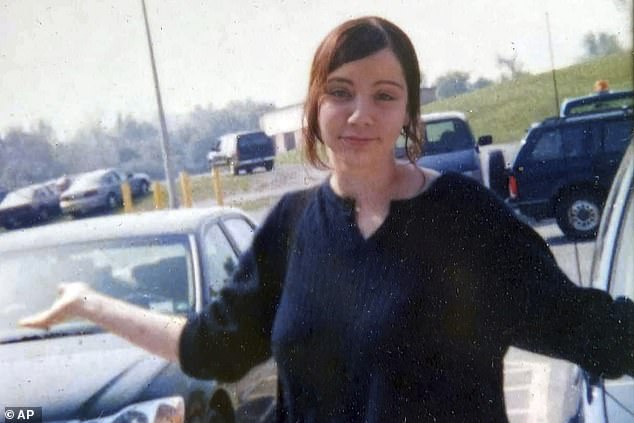
Jessica Taylor disappeared in 2003 while working as an escort in New York City. Some of her remains were discovered that year in Manorville
Heuermann also allegedly listed potential dumps and previous dumps, as well as the supplies he had on hand.
In a section titled “PROBLEMS,” he allegedly listed possible ways he could be caught, including blood banks, witness identification and hair and fiber evidence.
Investigators now believe the torture took place in Heuermann’s home because the document contains concerns about the way sound travels.
“With Heuermann’s family vacationing out of state, defendant would have had unfettered time and exclusive access to [his house] providing Defendant Heuermann ample opportunity to carry out and clean up these crimes,” prosecutors said.
The alleged killer pleaded not guilty during the court hearing and was ordered held without bail.
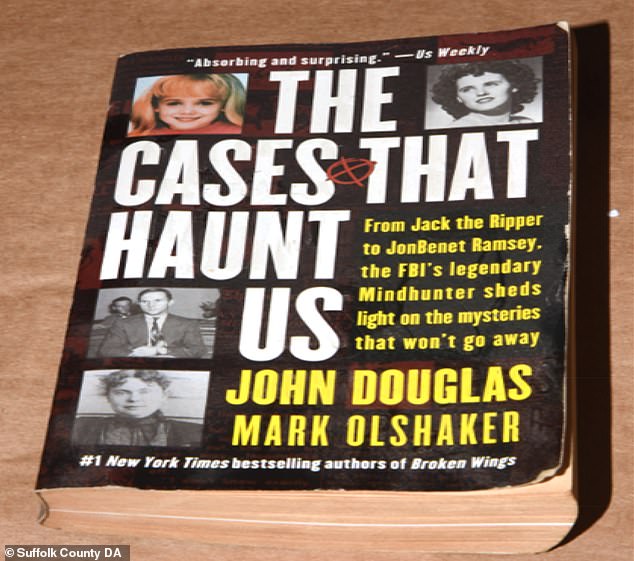
The Task Force noted that Heuermann had in his home office a book entitled The Cases That Haunt Us
In addition to the hard drive, prosecutors say they found in Heuermann’s possession a book by retired FBI agent John Douglas, The Cases That Haunt Us.
They say the planning document also references specific pages in another of Douglas’s works, Mind Hunter, which refer to the personality types of serial killers and personality profiles of those who use mutilation and sexual violence.
Jessica Taylor disappeared in 2003 while working as an escort in New York City. Some of her remains were discovered that year in Manorville. Other remains were found during a 2011 search of the brush along the side of Ocean Parkway, the road where the other Gilgo Beach victims were found.
She had been beheaded and both her arms had been cut off. In addition, a tattoo on her torso had been “severely obliterated by a sharp object,” officials said.

The Heuermann family home in Massapequa Park was torn apart by authorities as they searched the property for evidence
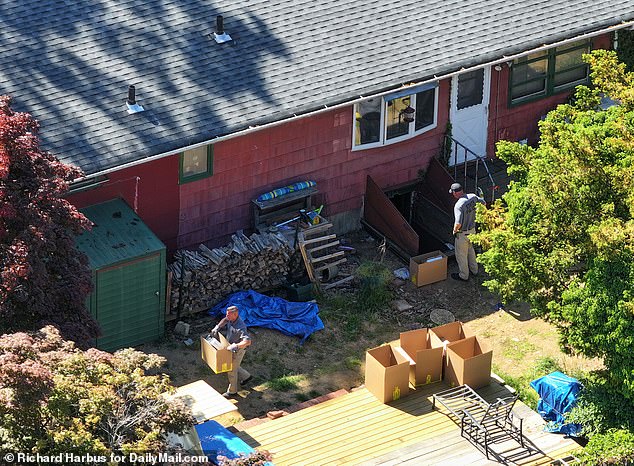
Search crews remove items from the basement of Rex Heuermann’s home
Investigators also spent days in April searching for a property in the eastern North Sea hamlet of Long Island, where Costilla’s body was discovered in 1993. Costilla, originally from Trinidad and Tobago, had lived in New York City.
Forensic investigators found two unidentified male and female hairs on her remains, which were determined in February to match Heuerrmann and an unnamed woman he had with him at the time, according to court documents.
The charges against Costilla, who was killed 30 years ago, indicate that prosecutors believe Heuermann has been killing victims for much longer than previously thought.
Prosecutors say one entry in the planning documents suggested he was involved in the death of another woman, Valerie Mack, who was found dismembered in the same area as Taylor. Heuermann has not been charged in the death of Mack, who disappeared in 2000.
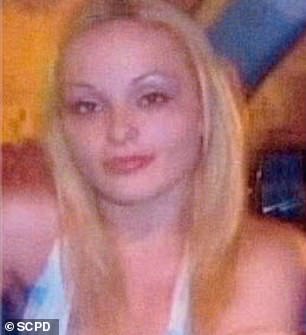
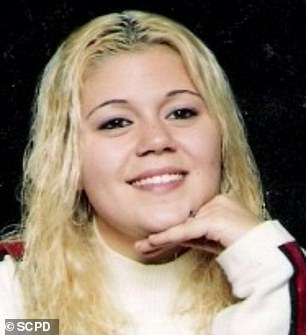
The first victim, 24-year-old Melissa Barthelemy, was discovered by Suffolk County police on December 11, 2010. The body of Megan Waterman, 22, of Maine, was found two days later.
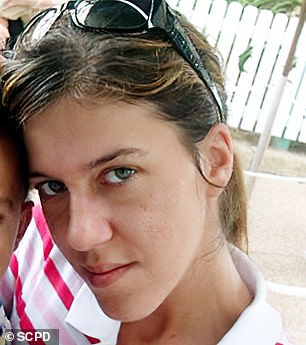
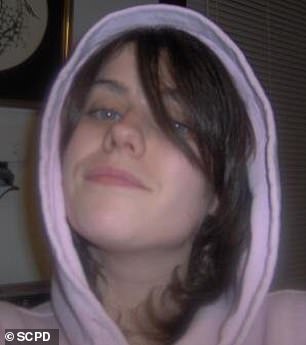
Heuermann is also accused of the murders of Amber Costello (left) and Maureen Brainard-Barnes (right)
Since late 2010, police have been investigating the deaths of at least 10 people — mostly female sex workers — whose remains were discovered along a remote highway not far from Gilgo Beach on Long Island’s south coast.
The victims had disappeared over a period of at least fourteen years. Exasperated police officers made only halting progress in identifying possible suspects.
Researchers have long said it was likely that not all the deaths were the work of the same killer.
Some of the victims disappeared in the mid-1990s. Investigators concluded that an 11th person who disappeared from the barrier island community of Oak Beach in 2010 had accidentally drowned.
